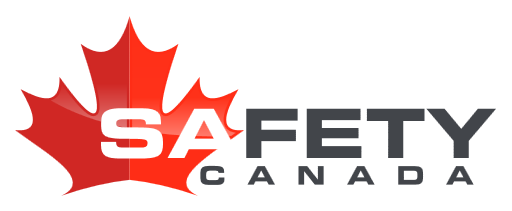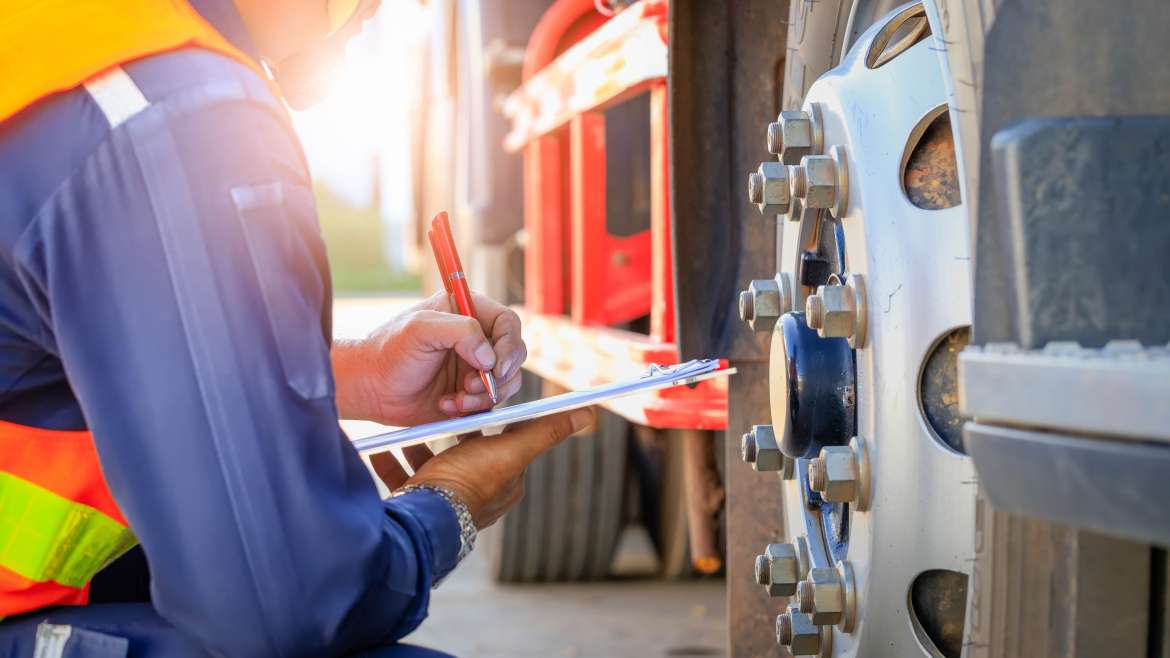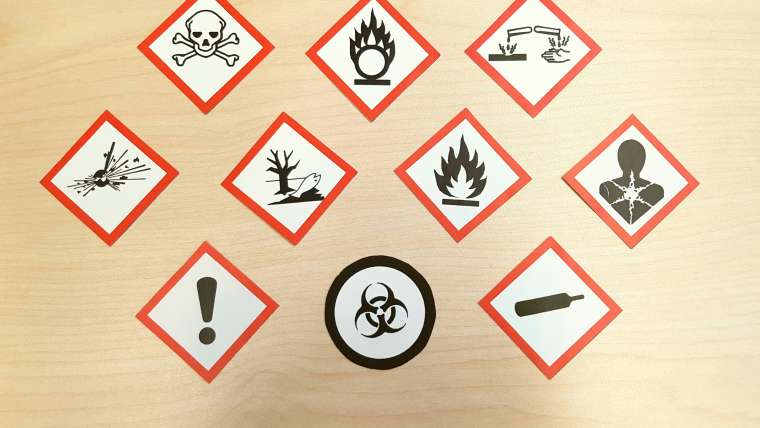Pre-trip inspections are a crucial part of the job, yet they are highly overlooked and undervalued. The intention of a pre-trip inspection is to catch any faults before they become a dangerous or expensive problem. These inspections save lives, time, money and protect both the driver and everyone else on the road. Most importantly, these inspections are easy to complete and with developing technology, can all be done from your smartphone.
Training
The best way to improve your ability to perform a pre-trip inspection is to get the proper training. A daily pre-trip inspection course will dive into the components that make up an inspection and expand on the importance of each step. In this training, you will learn about:
-
- Under the hood inspections
- Walk around inspections
- Air brake inspections
- Post-trip inspections
These inspections are required by law and if left unchecked could lead to a pretty hefty fine. This training is not only highly valuable but it is also required before you are allowed on the road.
Take Your Time
It is crucial to take your time when performing an inspection, never try and rush to save time. Rushing could lead to missing issues that could turn into much larger problems. Although there isn’t an exact length of time that you should spend on a pre-trip vehicle inspection, most inspections will take anywhere between 15-50 minutes. A basic inspection will typically take around 15 minutes whereas a more thorough examination will be closer to the 50-minute mark. This timing will also depend on the person performing the inspection, how long they have been in the industry, and the type of vehicle they are inspecting. Ensuring that a proper check is done on the vehicle will save you:
-
- Time – infractions could land you a vehicle suspension and or jail time depending on the severity.
- Money – Damaged parts, if not taken care of can lead to a larger end bill. There are fines associated with a failed DOT inspection.
Walkaround
Another way to get better at inspections is to get up close and personal with the vehicle. Do a physical walk around the truck. Make sure you are looking above, below, inside, and around. An example of a general checklist would look something like this :
Drivers:
-
- Drug or alcohol use
- Use of seatbelts
- Logbook record
- Medical examiner’s certificate
- Hours of service
Trucks:
-
- Brakes
- Truck frame
- Tires
- Suspension
- Vehicle inspection report
- Coupling devices
- Wheels and rims
- Van and trailer bodies
- Lamps on projecting loads
- Windshield wipers
- Hazmat placarding
- Brake lamps
- Tail lamps
- Headlamps
- Safe loading
- Steering mechanism
- Exhaust system
- Fuel system
Documentation
It is best practice to keep all of your documentation organized, up to date, and readily accessible in case of inspection. Ensure all of your documentation is filled in accurately. DO NOT quickly fill in the papers just to have the papers filled out. Inspection reports are required by regulatory officials but are also a great reference for your team. In case of any hesitation, you can always go back to the report and double-check any questions you may have, and ensure proper handling and maintenance.
Keep Tidy
To avoid fines and ensure a smooth inspection from a DOT official, keep your cab and cargo clean and your documentation organized. Any garbage or debris on the dash or on the floor is a hazard and will be flagged. Garbage on the dash means reduced visibility, garbage on the floor can easily become lodged under the brakes creating an immediate emergency. Keeping the exterior of the vehicle is also important as it increases visibility during both the daytime and nighttime. According to AAA, dirty headlights can reduce a driver’s visibility by as much as 80%.
Build a Habit
Creating good habits for inspections can help cut down on the time it takes to perform one and will typically minimize missed criteria or hazards.
References:
https://gorillasafety.com/news-room/the-importance-of-a-pre-trip-inspection-checklist-for-your-fleet/#:~:text=The%20pre%2Dtrip%20inspection%20checklist,to%20their%20destinations%20on%20schedule.https://www.atbs.com/post/pre-trip-truck-inspectionhttps://www.northbridgeinsurance.ca/blog/steps-to-improve-pre-trip-inspections/https://www.newscentermaine.com/article/news/local/now/aaa-hazy-headlights-reduce-visibility-by-80-percent/97-3a457ee7-8824-4b98-b976-b0d3e111bde0#:~:text=Research%20from%20AAA%20looked%20at,replace%20or%20repair%20the%20headlight.&text=New%20research%20from%20AAA%20found,hazy%20or%20cloudy%20from%20deterioration.




